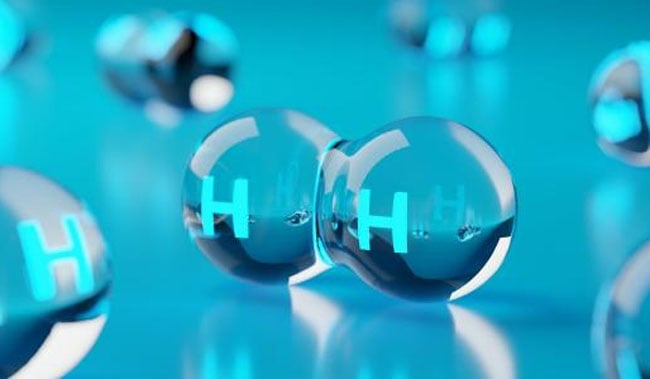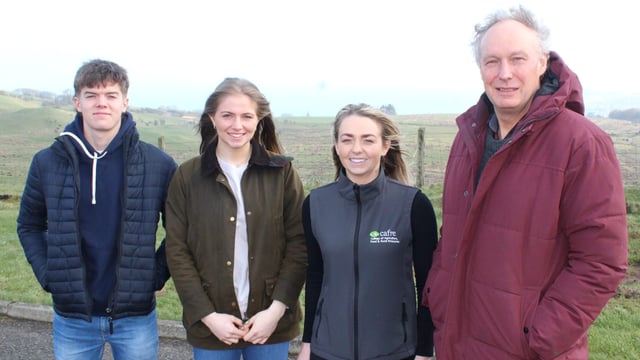Massey Ferguson backs hydrogen as transition fuel
Massey Ferguson in France has announced that its engineering department is leading a newly created French consortium called ARHYSTOTE.
This consortium has been launched to develop the next generation of smart hydrogen storage tanks specifically designed for future hydrogen combustion tractors.
On-board storage is a critical component of hydrogen-powered off-road machines, and it presents challenges which liquid fuels do not.
Like all gasses being used in vehicular applications, hydrogen needs to be compressed for storage, and the more that can be crammed into tanks the better.
However, it is nature's smallest molecule and, even though it exists in a diatomic state, it is still notoriously difficult to contain, even at low pressures, hence the need to develop safe and effective storage methods.
The project will comprise of eight steps, including analysis, manufacture, and initial testing of tank design, proving feasibility, and laying out a clear route to industrialisation and adoption.
The EU has committed itself to adopting hydrogen as an alternative fuel with two specific initiatives which, like much of what is going on in the EU, involves a daunting bunch of acronyms.
Project ARHYSTOTE has secured €4.4 million of this funding (split between consortium members) by the French State as part of France 2030 operated by ADEME (the French agency for ecological transition).
The French government has in turn tapped into the Important Projects of Common Interest (IPCEI) and the EU Innovation Fund, with €18.9 billion and €4.8 billion allocated respectively.
Domestic support mechanisms have also been developed beyond that of the EU schemes, including the UK’s Contracts for Difference (CfD)-based Hydrogen Allocation Round (HAR) and Germany’s primary scheme, H2Global.
There is a great deal of money becoming available to look at this question and industry is not being slow in its response.
AGCO, along with its Massey Ferguson subsidiary, is convinced that together they must have a positive impact on communities by reducing the operation's as well as farmers' environmental footprint to secure a sustainable world for future generations.
This, presumably, includes the need to ensure there is sufficient carbon dioxide (CO2) available for plants to grow, for in his statement Thierry Lhotte, vice-president and managing director of Massey Ferguson Europe & Middle East, does not refer to carbon at all.
Lhotte said: "Amongst other alternatives, expanding the use of hydrogen is a cornerstone of the needed energy transition."
Hydrogen perfectly suits heavy-duty off-road vehicles requirements such as mid-horsepower tractors, keeping our global promise to offer straightforward, dependable, and accessible products and services to farmers feeding the world in a sustainable manner.”
This may well be due to the growing awareness that the Trump presidency is determined to abandon the 2009 endangerment finding which classes CO2 as a pollutant and, in doing so, will drastically alter the industrial landscape within US and beyond.
In addition to AGCO, there are five further partners, these include Cetim, who have expertise in high pressure composite thermoplastic tanks, suggesting that steel may not be a preferred option.
Raigi is another, which will contribute its expertise to the manufacture of hydrogen liners for the project, while IFTH is involved in the spinning of thermoplastic formulations integrating pigments, design and implementation of the functional thread.
CT-IPC will contribute to developing innovative liners for the thermoplastic compounds using recycled plastics where possible, while OliKrom will contribute its skills in photochemistry and its expertise in developing intelligent materials with calibrated properties.
Despite this surge of money being made available, all is not well in the hydrogen camp. The Westwood Global Energy Group has reported that 23 projects in the European pipeline have been classed as cancelled or stalled across 11 major European countries.
This amounts to 20% of the projected capacity with the three main obstacles being cited as high development costs, failure to obtain funding, and lack of demand.






